Apple iPad Pro 12.9in (2020) review: Believe the hype
The most expensive and most ambitious iPad yet
-
+
iPadOS and Magic Keyboard make fantastic combination
-
+
Class-leading UI
-
+
Gorgeous display
-
-
Minimal performance improvements over 2018 model
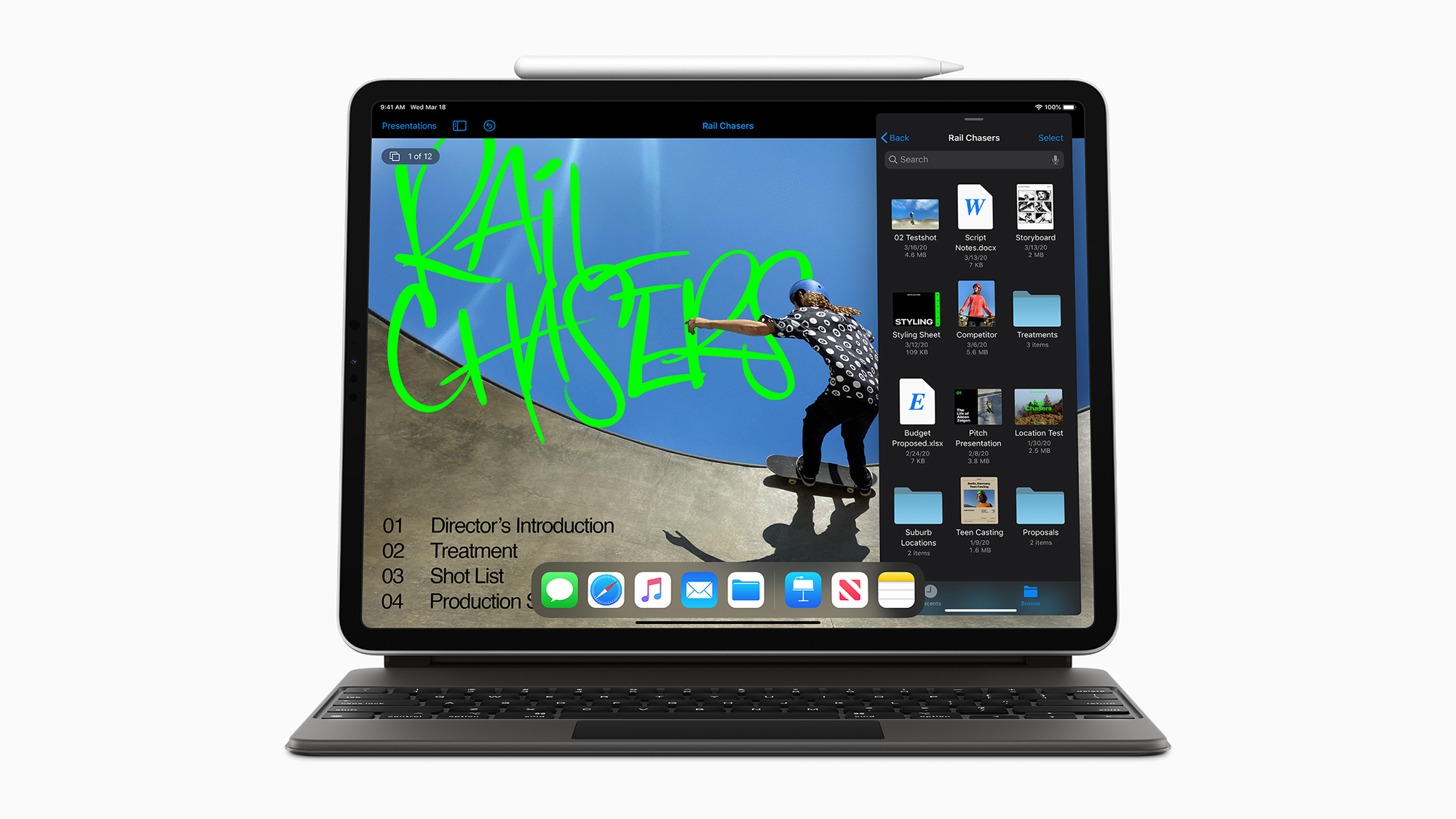
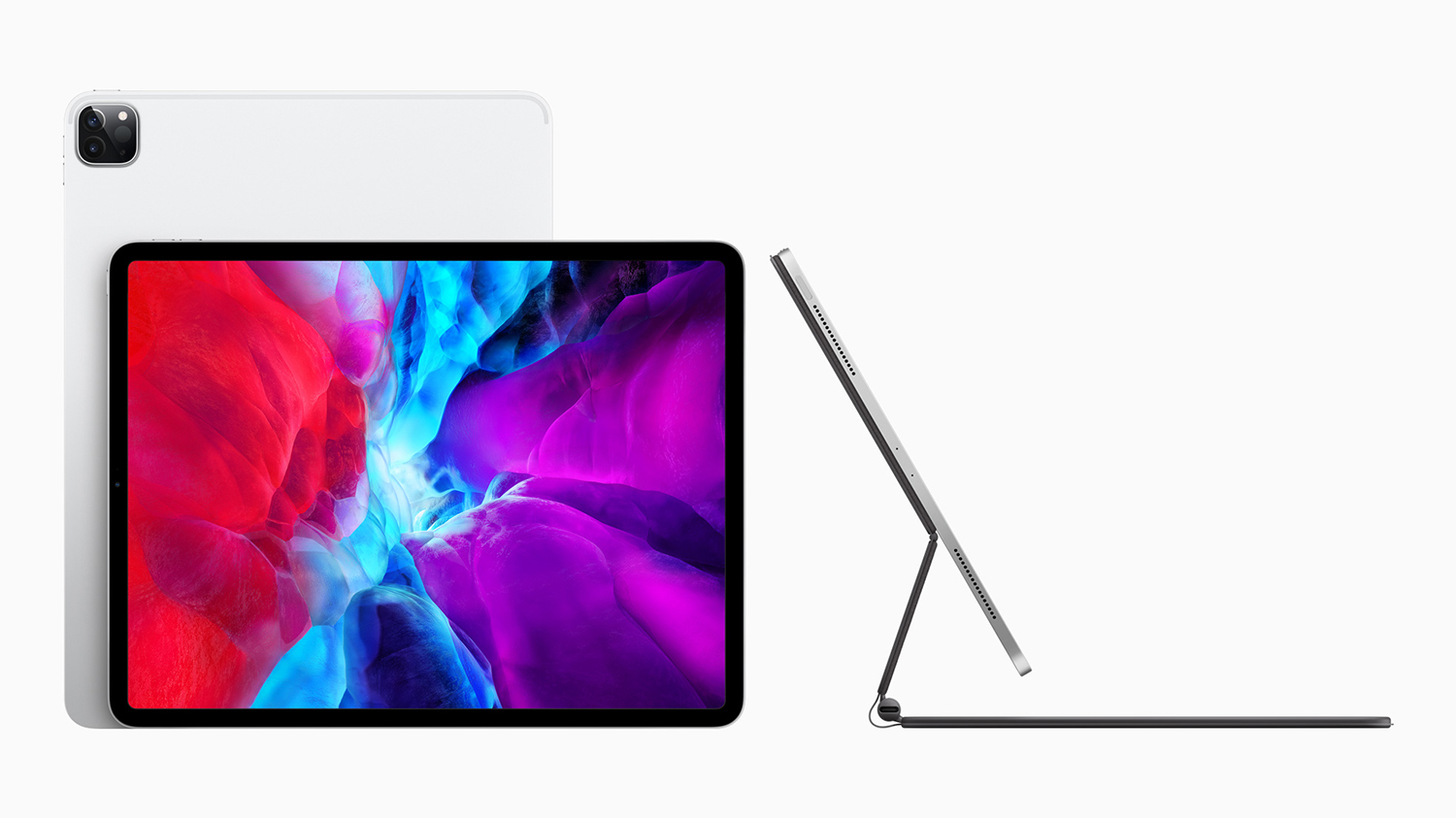

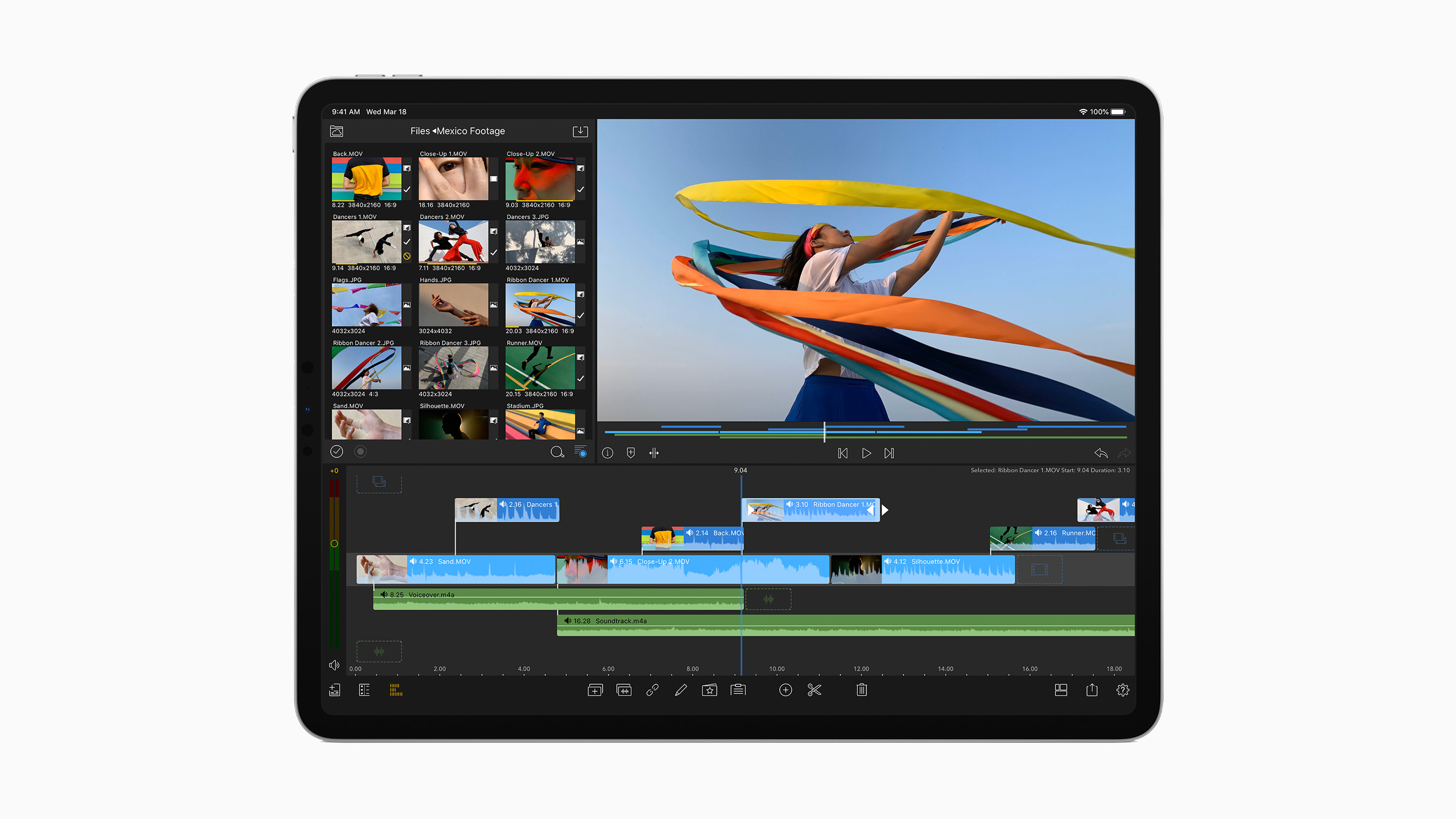
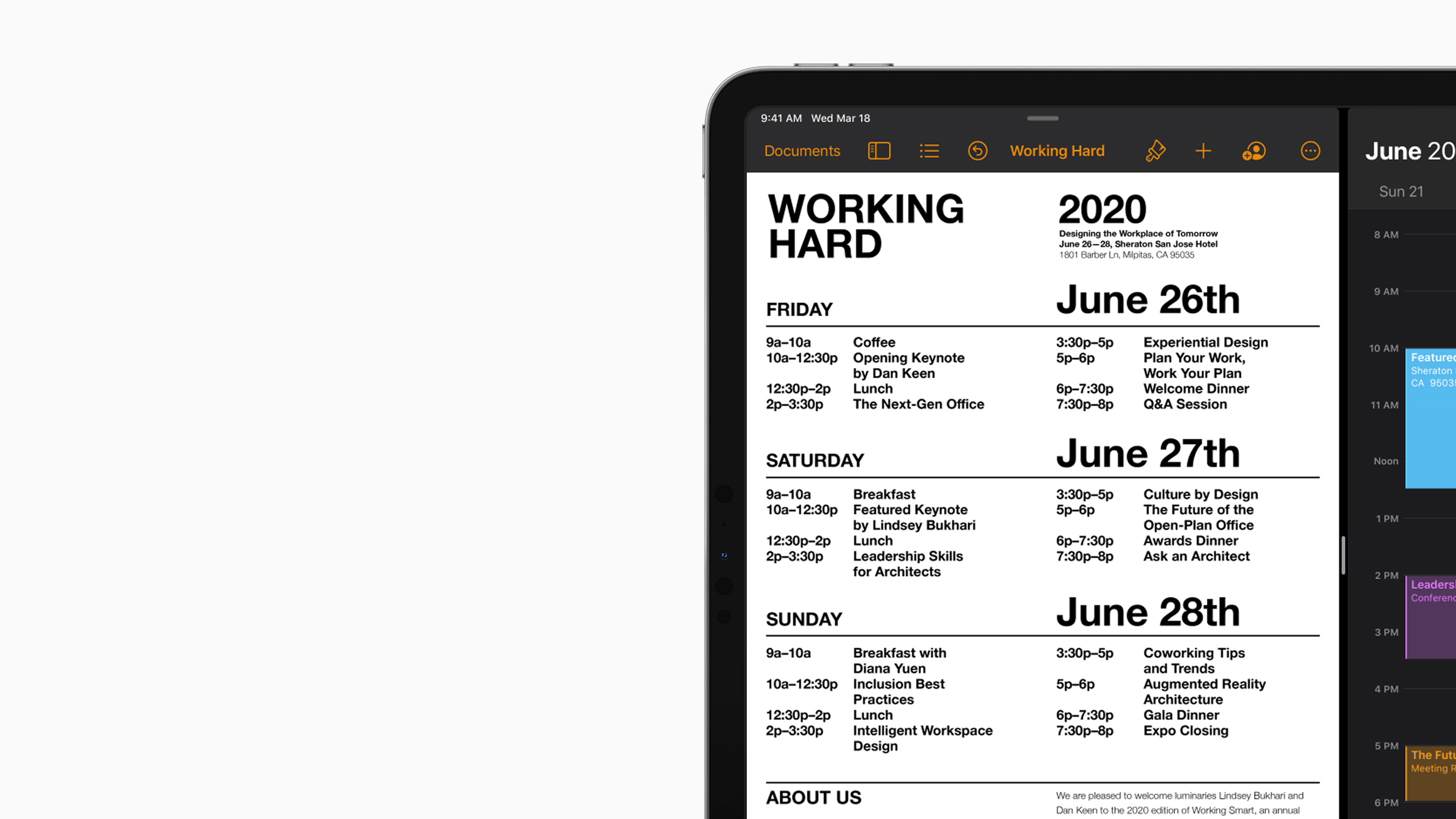

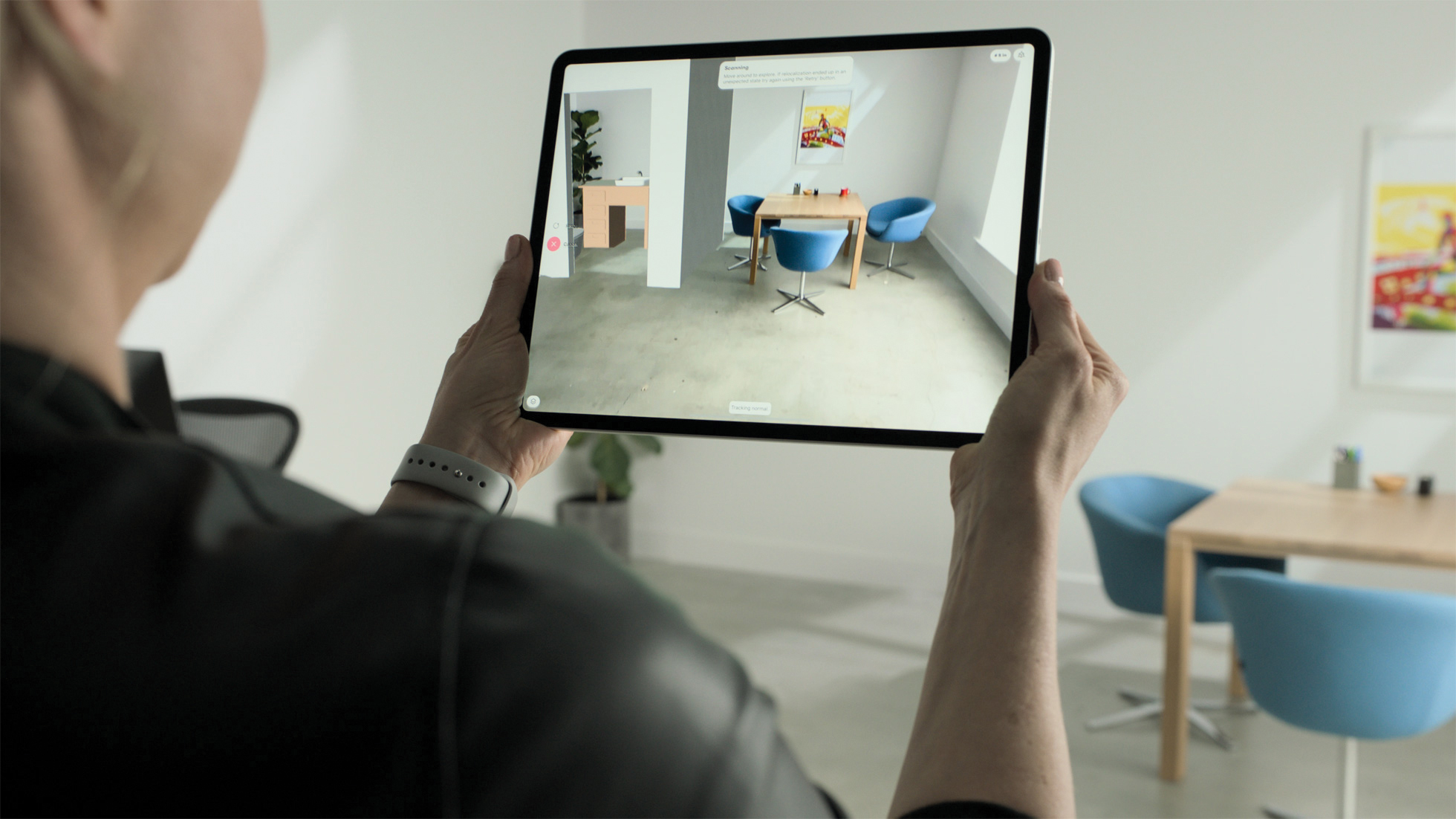
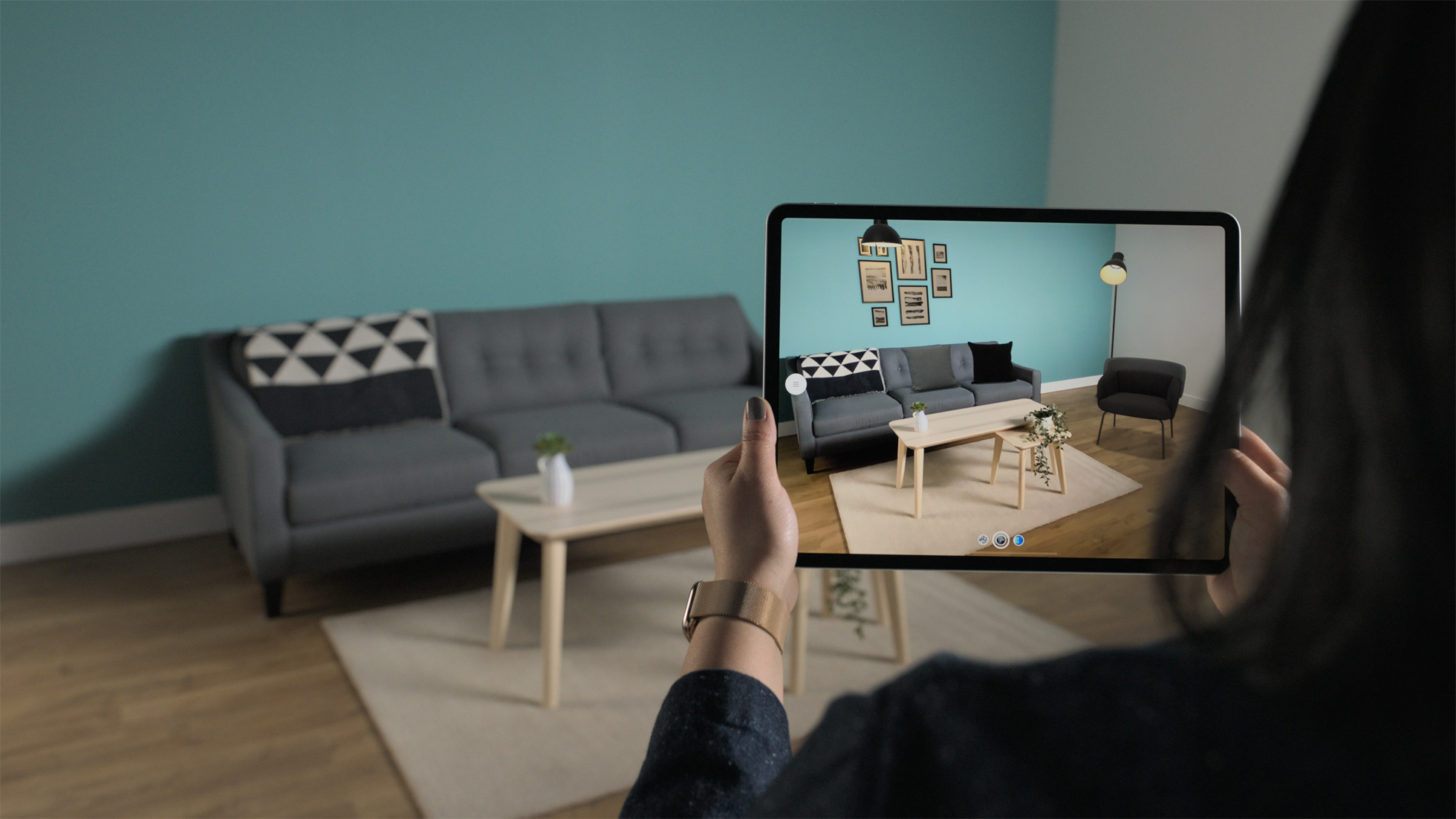
If you believe the hype, the new iPad Pro is utterly magical. It redefines what you can do with a tablet, with a portable computer and probably with your life too. That’s a lot of hype to live up to - but the question is, does the reality come anywhere close?
First, let’s cover the basics. The 2020 iPad Pro is available in two sizes: 11in and 12.9in. You can buy it any colour (as long as it’s silver or Space Grey) and you can choose between 128GB, 256GB, 512GB or 1TB of storage, with the option of upgrading to 4G cellular support in addition to Wi-Fi. Pick and choose between these options to fit your needs, with no lockout combinations to avoid.
In terms of price, the 11in model with 128GB of storage and Wi–Fi is £769. Go to the other end of the scale, and the 12.9in iPad Pro with 1TB and cellular will cost you £1,619. Or £1,748 with AppleCare+. This, naturally, is the version we went for.
Of course, this price doesn’t include all of the optional accessories, with the most important being the new Magic Keyboard. Again, this comes in two sizes: an 11in version costs £299, and the larger 12.9in model is £349. And let’s not forget the Apple Pencil, which is £119.
Tick all the boxes and the bill comes to £2,219 inc. VAT, but you’ll be relieved to know that the AppleCare+ covers the Magic Keyboard too. It’s an awful lot of money to spend on a tablet, however hard you crank the numbers. So the obvious question is whether it’s madness, or whether there’s a justifiable investment here.
Apple iPad Pro 12.9in (2020) review: Magic Keyboard and Apple Pencil
First, let’s concentrate on the new Magic Keyboard. As you’d expect for the price, this is a beautiful piece of engineering. The iPad Pro mounts into the keyboard using strong magnets, but removing it is a simple (albeit two–handed) operation.

Unlike typical tablet keyboards, the Magic Keyboard raises the iPad Pro up and away from the keyboard. The range of adjustment is adequate, but we’d have liked more tilt. However, that would have exacerbated one of the niggles of this combination: if you do much work using the numeric key row at the top of the keyboard, you’ll find your fingertips tapping onto the bottom edge of the iPad Pro itself. We got used to it after a while, but it was disconcerting at first.
This issue explains why the iPad Pro can’t be tilted back further – the finger interference problem would become a real issue. It also explains why there isn’t a function key row above the numeric row. The Esc key is also notable by its absence, although Cmd+full stop has the same function.
What’s it like to type on? When the keyboard is flat on a table, the key action is positive, with a solid bottom stop and a pleasant action. We’ve had no problems typing on this for hours at a time, and indeed have largely used it to write this review.
Then there’s the touchpad, a new feature for Apple on the iPad Pro platform. This introduces significant changes to iPadOS, bringing a seamless automatic switching between pointer and touch mode. The pad is a reasonable size, although no match for that on a MacBook Pro. Still, what it lacks in size it makes up for in responsiveness, and if it starts to annoy, then you can always pair an Apple Bluetooth mouse to the iPad Pro.
Application support for the touchpad is spotty at the moment. Apple’s own apps work well, but Microsoft’s Office apps are currently less successful. We found Word to be sufficiently annoying and clunky that we switched to Apple’s Pages app, which runs very smoothly indeed.
The Pencil, should you buy it, sits on the top edge of the iPad Pro with strong magnets, and it automatically charges inductively. In appropriately updated apps, moving between touchscreen, keyboard, touchpad, mouse and Pencil is seamless and just works. Using the right tool for the task is something we just don’t think about anymore.
Want to fold up the iPad Pro and keyboard? Just pull on the top of the iPad Pro, and it folds down in one smooth action. Take the iPad Pro off the keyboard? Easy, with no fiddly cables or latches. You’ll soon start doing it without thinking.

This is helped by the location of a USB–C socket on the left-hand side of the keyboard hinge, which can power the iPad Pro through the connector pins built into the keyboard. However, it doesn’t support data, so any interface dongles will still need to connect to the iPad Pro’s USB–C socket.
The combination isn’t small or particularly light, but it’s built like a tank. Carry it around and you know the combination is more than just a tablet. If you want to use the thinner lightweight iPad Pro by itself, just lift it from the keyboard. We’ve been using it this way since it arrived, and it’s a natural operating mode.
It’s worth noting that the new Magic Keyboard works just fine with the 2018 iPad Pro too. So if you want the benefits, you’re not forced into upgrading to this year’s model – just buy the appropriately sized Magic Keyboard, update to the latest iPadOS version and it’ll seamlessly work.
Apple iPad Pro 12.9in (2020) review: Hardware and performance
In terms of the iPad’s history, the big change came in 2018. This took out the Lightning port and moved to USB–C, along with a host of other tweaks. It was a complete re–engineering. The 2020 version takes this further, albeit in a more evolutionary way – the CPU enjoys a modest update, but the bigger shift is to 802.11ax, or Wi-Fi 6. There’s also a Lidar depth sensor, which uses laser light to measure 3D depth. More of that later.
The next obvious question is performance. Apple has updated the core hardware but the changes aren’t profound if you’re coming from the 2018 model. The results of our standard Geekbench 5 benchmark tests show modest improvements - with the 2020 model scoring 1,125 and 4,671 for single and multi-core operations versus 1,119 and 4,539 respectively for the earlier model - but we couldn’t feel any significant differences in daily operation. Our 2016 iPad Pro, however, definitely feels less snappy and responsive.
The change to 802.11ax, also known as Wi-Fi 6, is significant: the 2020 iPad Pro screams on a Wi-Fi 6 network. But you will need the latest Wi–Fi 6 router, and this arena is currently somewhat of a Wild West. However, in our testing against just about every Wi-Fi 6 router and access point on the market, it’s clear that Apple’s Wi-Fi 6 implementation in the 2020 iPad Pro matches that in the iPhone 11 Pro Max, and is damn fast and reliable too.
Battery life, on the other hand, is… strange. In various runs on our 1TB model, we saw runtimes of anything from 6hrs 15mins to 14hrs 29mins – and pretty much anything in between. None of this was repeatable, nor predictable, despite controlling everything from the screen brightness to the wireless radio configuration.

We’ve seen this before on new Apple hardware on a new operating system, and we expect it to stabilise over the next couple of releases. Nevertheless, we haven’t had any issues with battery life in real-world use.
Apple iPad Pro 12.9in (2020) review: Display
Predictably, the display is superb. We measured around 520cd/m2 at maximum brightness (lower than Apple’s claimed 600cd/m2), with good evenness across the display. The colour performance is also excellent, with an average Delta E of only 2.2, a consistently strong performance that is typical for the iPad Pro. This, of course, requires you turn off the stupid True Tone and Night Shift nonsense, but if you care about colour accuracy, this won’t be an issue.
With no home button to worry about, the screen stretches from edge to edge. The explosive colours mean images look fantastic, and note the 120Hz refresh rate for an added dollop of smoothness.
Audio performance is good, but it won’t replace your hi-fi system. It’s at its weakest when handling bass, with the weedy sound you would expect from such a small device, but the voice clarity is strong and it works well for its intended operation. We use it with the AirPod Pro noise cancelling in-ear headphones, and the quality there is superb. As with the 2018 iteration, there’s no 3.5mm headphone socket.
Apple iPad Pro 12.9in (2020) review: Camera
Camera performance is definitely an improvement over the 2018 model, with the arrival of some of the camera technology from the iPhone 11 family. Images look natural, with good colour balance, and don’t suffer from that nasty artificial and over-processed look that some vendors prefer. It even had no issues shooting directly into bright sunshine, with the sun in the shot – there was a remarkable lack of flare, but we mean that in a good way.
All of this is good, and part of the improvement package from the 2018 model. But the dark horse here is the Lidar scanner. This is essentially the same as radar, except that it uses reflected light to measure distance rather than radio. Apple claims that it works from up to 5m away, “both indoors and out”, and we’ve seen nothing to suggest otherwise.
Lidar really comes into its own with augmented reality (AR) applications because it allows the AR platform to accurately measure the 3D space far more quickly, and with more precision, than can be done with a standard optical camera image.

It works well on the few apps that currently support it. The downside is that those apps are rarer than Dominic Cummings fans in the Labour party. However, developers have only had access to this technology, and its support with the development toolset, for a limited time. We expect to see a lot more AR apps taking advantage of Lidar over the coming months, and the rumoured inclusion of the Lidar sensor in the next iPhone will be a key tipping point for wider support.
Apple iPad Pro 12.9in (2020) review: Software and UI
Over the history of the iPad Pro product line, we’ve tried hard to justify the “Pro” tag. This implies serious work, and most definitely means “content creation”, rather than just “content consumption”. It has sometimes worked, in a variety of niches, but we’ve never felt comfortable that the iPad Pro, even with the additional keyboard, really delivered. There were too many compromises, too many gotchas and too many occasions where we really needed a proper laptop.
Today, though, things are very different. The Magic Keyboard is transformative for the iPad Pro. The key action, trackpad operation and the iPadOS integration is a huge leap forward. Then consider the mouse capabilities and the superb Apple Pencil, and this is a UI experience that frankly leads the world.
App developers have moved on too. There’s a wide range of funky apps out there, including incredible packages that can do 3D CAD modelling through to serious photo and video editing, and thence to Pencil-driven music page notation. And we haven’t even begun to see the impact of Lidar yet.
With this new release, encompassing the iPad Pro itself, the Magic Keyboard, iPadOS and the maturity in the application base, we have a device that we really can use day to day. It’s the most versatile computer we’ve ever owned. If we need hardcore OS capabilities, Parallels Access gives us immediate remote access to a 27in iMac or Windows desktop in the lab. Firing up a VPN gets us straight into the internal network, and we can access any of the NAS stores via the Files app. The built-in LTE option is a must too, even if you don’t enable it initially.
We confess that we tend to run apps in full-screen mode, but the multi-window drag and drop works just fine, especially if you have the larger 12.9in display.
The downsides? The range of swipes and operating controls can be confusing because they’re not in total alignment with our MacBook Pro or a conventional Windows 10 desktop. There are new actions to be learned, but this doesn’t take long and they have their own logic and structure.

Apple iPad Pro 12.9in (2020) review: Verdict
We’ve followed the iPad Pro since its launch some four years ago, buying each new model as they came along. With the 2020 version, there are significant changes to the platform. The big question, however, is whether it’s worth it: is this a good inflection point for an upgrade, and does it deliver sufficient capability and value for money? In short, should the new iPad Pro be on your Lidar?
Yes, with some caveats. If you need to run a line-of-business Windows app, then the iPad Pro is not for you (unless you have a VDI infrastructure in place). Remote access works, but should always be a fallback emergency position.
Where the iPad Pro shines is in the range of its capabilities, the way you can switch between the various modes of operation, and the sheer quality of the OS integration. Windows 10 on a tablet can work well, but we would cheerfully never see that awful onscreen keyboard ever again, especially when battling with a ten-year-old 32–bit Windows app being dragged screaming into the modern touch world. By contrast, serious content creation isn’t a problem on this new iPad Pro platform – and some of the tools out there are genuinely breathtaking.
Is it worth upgrading from the original 2016 version with its weak “folding octopus” keyboard? Absolutely: our 2016 version is now relegated to second-screen operation. Upgrade from the 2018 version? We’re not so sure – you can have all the goodness of the Magic Keyboard, and the Pencil and mouse support too. Upgrading is worth it if you want the Lidar unit or the 802.11ax/Wi–Fi 6 support, but for most customers with the 2018 unit, that’s not really a big draw today. You might be wise to await the arrival of a 5G version of the iPad Pro in 2021/2022.
However, don’t even consider the iPad Pro without the new Magic Keyboard. It’s truly transformative for the platform, and despite the wallet-shredding price, you won’t regret it. The Pencil is rather more niche, but it has a place even in mundane mainstream apps such as the word processor. We wouldn’t give consideration to the 11in model at all – for us, the smaller version is an irrelevance. You’ll want the bigger screen, and you’ll want the bigger keyboard.
Is it worth so much more than an iPad, or a competitor running Android? Absolutely yes, but only if you’re prepared to explore the professional aspects. Using the iPad Pro to mostly read on the train, or simply to browse Facebook, is a criminal waste of its capabilities.
For once, Apple is justified in its hyperbole. While we can’t force ourselves to say that it is “utterly magical”, it’s the best all-round computing platform we’ve used in the past decade. Maybe even longer.
Apple iPad Pro 12.9in (2020) specifications
| Processor | Apple A12Z Bionic CPU |
| RAM | 6GB |
| Screen | 12.9in 2732 x x2048 Retina True Tone IPS display |
| Front camera | 7MP |
| Rear camera | 12MP wide-angle, 10MP ultra wide-angle, Lider sensor |
| Dust and water resistance | N/A |
| 3.5mm headphone jack | No |
| Wireless charging | No |
| USB connection type | USB-C |
| Storage options | 128GB, 256GB, 512GB, 1TB |
| Memory card slot (supplied) | N/A |
| Wi-Fi | 802.11ax Wi‑Fi 6 |
| Bluetooth | Bluetooth 5.0 |
| NFC | Yes |
| Cellular data | 4G |
| Dual SIM | Yes (via eSIM) |
| Dimensions (WDH) | 215 x 6 x 281mm |
| Weight | 643g |
| Operating system | iPadOS |
| Battery size | 36.71Wh |
Get the ITPro daily newsletter
Sign up today and you will receive a free copy of our Future Focus 2025 report - the leading guidance on AI, cybersecurity and other IT challenges as per 700+ senior executives
-
 ‘Phishing kits are a force multiplier': Cheap cyber crime kits can be bought on the dark web for less than $25 – and experts warn it’s lowering the barrier of entry for amateur hackers
‘Phishing kits are a force multiplier': Cheap cyber crime kits can be bought on the dark web for less than $25 – and experts warn it’s lowering the barrier of entry for amateur hackersNews Research from NordVPN shows phishing kits are now widely available on the dark web and via messaging apps like Telegram, and are often selling for less than $25.
By Emma Woollacott Published
-
 Redis unveils new tools for developers working on AI applications
Redis unveils new tools for developers working on AI applicationsNews Redis has announced new tools aimed at making it easier for AI developers to build applications and optimize large language model (LLM) outputs.
By Ross Kelly Published
-
 Google layoffs continue with "hundreds" cut from Chrome, Android, and Pixel teams
Google layoffs continue with "hundreds" cut from Chrome, Android, and Pixel teamsNews The tech giant's efficiency drive enters a third year with devices teams the latest target
By Bobby Hellard Published